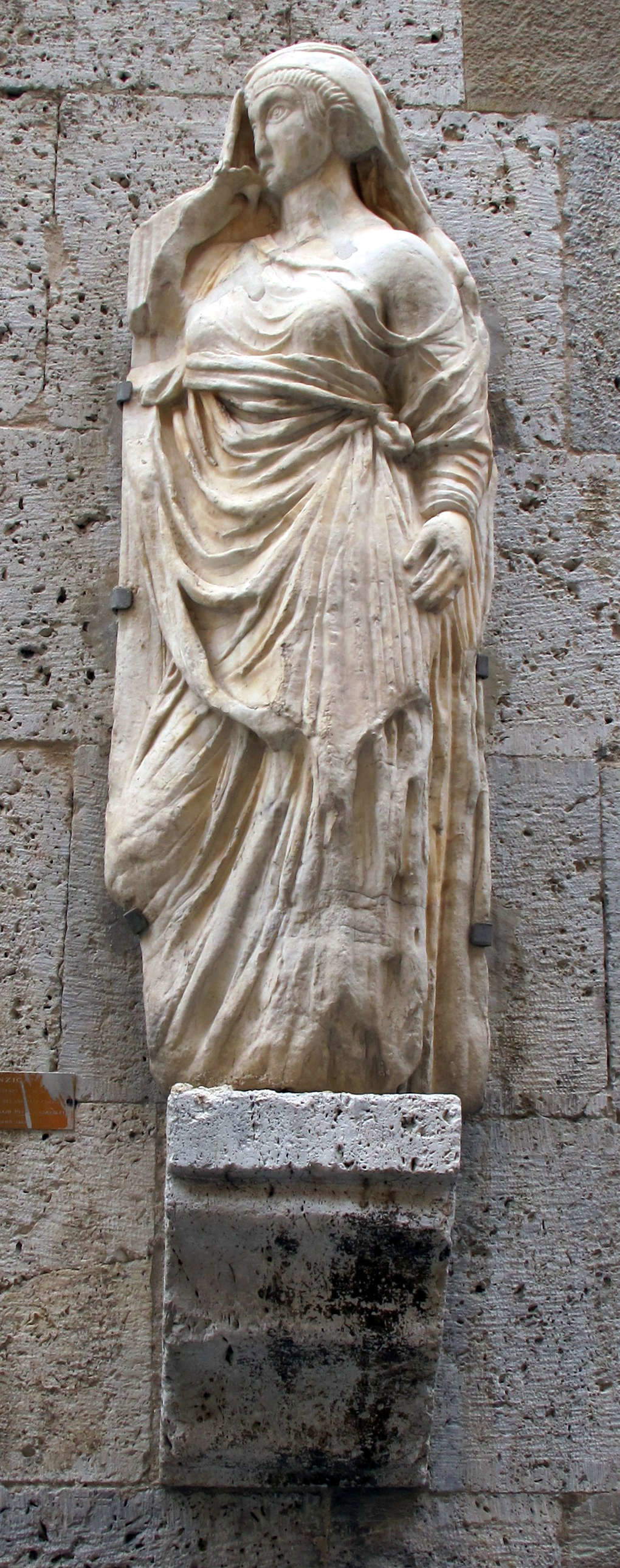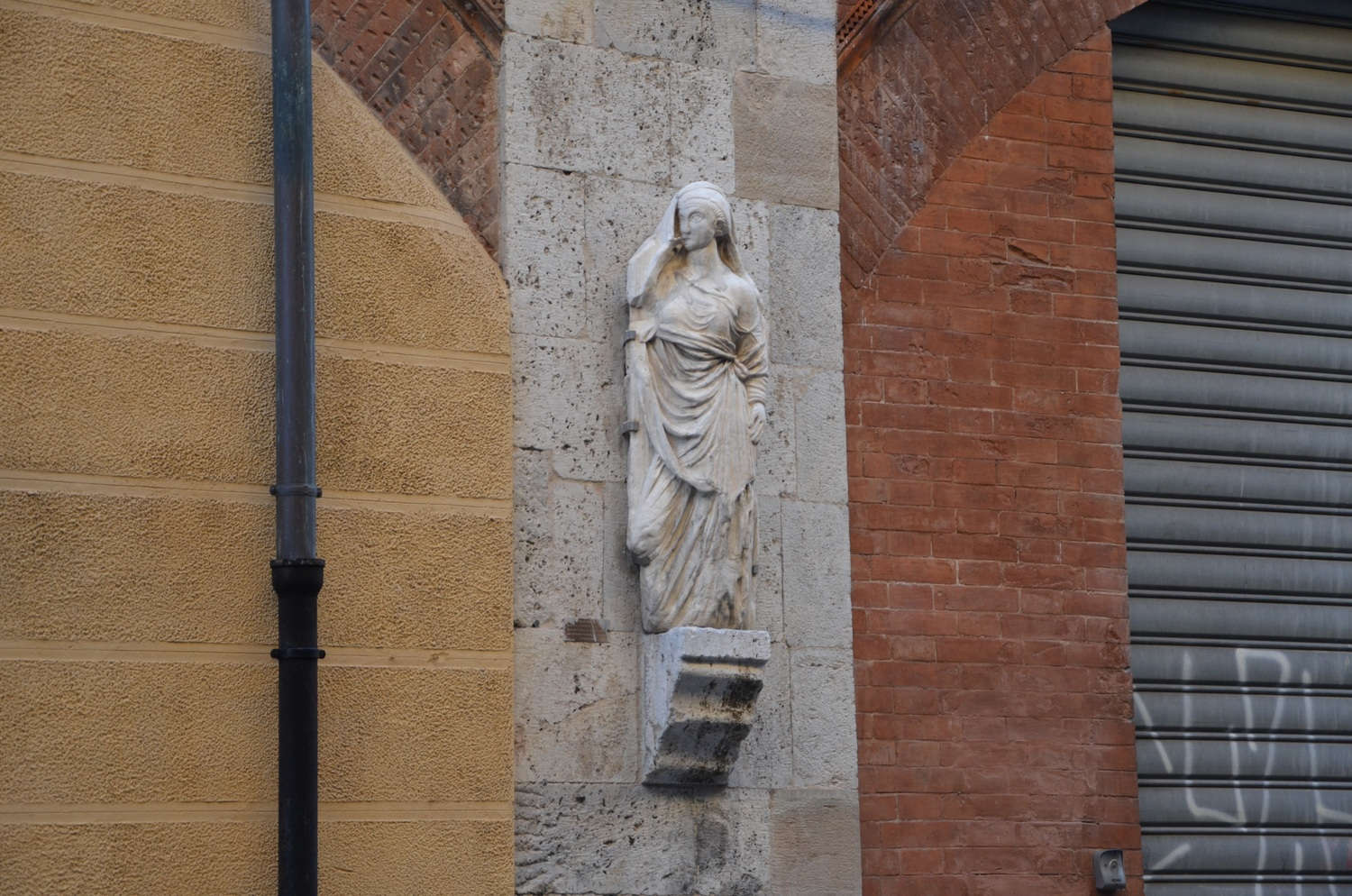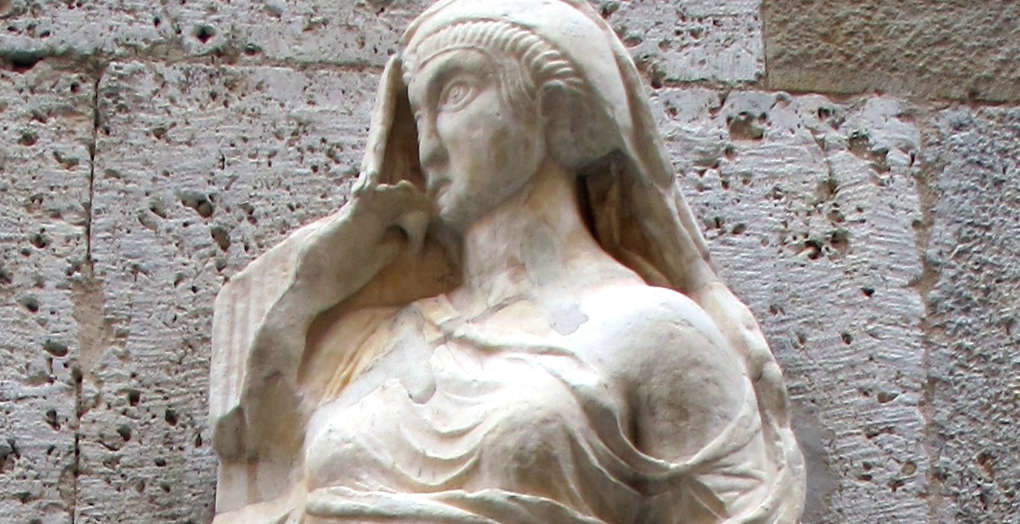The legend of Kinzica de' Sismondi, the heroine who saved Pisa
The legend of Kinzica de’ Sismondi is one of the most fascinating and least known tales in medieval Italian history, although for the city of Pisa it has now almost reached the traits of founding myth. This tale takes us back in time, to 11th-century Pisa, at the time of the Saracen raids that ravaged the coast of Tuscany. In this context, Kinzica de’ Sismondi is celebrated as a heroine who saved the city of Pisa from an enemy invasion, and her figure has come to symbolize female determination, as well as the courage of a population ready to defend its land at any cost.
In the 11th century, Pisa was a major maritime power in the Mediterranean. The Republic of Pisa had been born at the very dawn of that century, a time when Pisan ships were beginning to ply the Tyrrhenian Sea and the Mediterranean, often clashing with enemies (the first being the Saracens). Within a few decades, Pisa would also begin to expand into Corsica, Sardinia and the Balearic Islands, until it reached the apogee of its greatness between the 12th and 13th centuries. Around the year 1000, Pisa still prospered from trade and its powerful fleet, but this wealth also made it a target for pirates and enemy raids, especially those of the Saracens. According to tradition, the key event in the legend took place on a stormy night: the Saracens, according to tradition led by the famous Mujahid al-Amiri (better known as the pirate Mugahid, Italianized often as “Musetto”), taking advantage of the darkness and lack of vigilance, silently approached the Pisan coast with the intention of attacking the city. The Pisan population slept oblivious to the impending danger, and the city seemed destined to fall into the hands of the enemies without resistance.
Kinzica de’ Sismondi, a young woman from a noble family, was awake that night, perhaps walking through the city. Caught by a premonition or perhaps by the vision of enemy ships on the horizon, Kinzica wasted no time: showing extraordinary courage, she ran through the streets of Pisa to go and alert the consuls, who decided to ring the bells of the tower of the Palazzo degli Anziani (today’s Palazzo della Carovana) in order to sound the alarm and wake up the population: the city thus quickly prepared for defense, and the Saracen attack was successfully repulsed. Kinzica de’ Sismondi would later enter the Pisan pantheon as a heroine, a symbol of the strength and courage of Pisan women, so important that Pisa decided to dedicate a neighborhood to her, the one around the churches of San Martino and Sant’Antonio, along the southern bank of the Arno. In fact, the use of referring to this area of Pisa by the name “Kinzica” would date back to the late 10th century and would have nothing to do with the heroine (derived perhaps from the Lombard kinzig indicating a depression in the ground with respect to a river).


While the legend of Kinzica is widely celebrated in Pisan popular culture, its historical existence is debated among scholars. Some historians suggest that Kinzica may be a mythical figure, created to embody the city’s spirit of resistance. Others believe that there may be a kernel of truth in the legend, although the exact details may have been embellished or changed over the centuries. If there is a kernel of truth, the story could be placed in the year 1005, when the Pisans were engaged in the conquest of Reggio Calabria and therefore the fleet and army were busy with the expedition to southern Italy, a circumstance that would have left the city unprotected, making it prey to the possible appetites of the Saracens. Moreover, in 1004 there was indeed an enemy raid on the city (although according to other sources it may date back to 1015), which was successful, however, and resulted in a massacre. What is certain, however, is that prior to the 16th century, any reference to any event involving the mythical noblewoman is missing from the chronicles.
Regardless of her historicity, Kinzica de’ Sismondi has left an indelible imprint on the collective memory of Pisa, since her story has been passed down through generations, becoming an integral part of the city’s cultural heritage. She is, for example, the central character in the historical procession of the Republic of Pisa that unfolds on the occasion of the Regatta of the Ancient Maritime Republics, contested in rotation at the venues of the four ancient states. Pisa is also home to a statue traditionally identified as a depiction of Kinzica: it is a marble relief found on the facade of Casa Tizzoni in the San Martino district, a tower house of medieval origins. It is not actually a depiction of the legendary heroine, as the relief is a fragment of a Roman sarcophagus from the 3rd century AD, depicting either a matron or a deity. A typical Pisan sweet, a pastry made with honey and pine nuts called, precisely, “Kinzica,” is also dedicated to her.
The legend of Kinzica de’ Sismondi, moreover, is not only a story of individual heroism, but also a reflection of the steadfastness of the Pisans. At a time when Italian city-states were often at war with each other and with foreign invaders, tales like Kinzica’s served to strengthen the community’s identity and sense of unity. In the contemporary context, the figure of Kinzica continues to be a symbol of female empowerment and civil resistance. At a time when the role of women in history and society is receiving increasing attention, Kinzica represents an example of how women have always played a crucial, yet often invisible, role in the defense and development of their communities. What’s more, the myth of Kinzica is also a powerful example of how stories from the past can continue to inspire and guide communities. Whether Kinzica was a real historical figure or a mythical character, it matters little: her tale is a testament to the courage and determination needed to defend what is dear. Her legacy, then, lives on not only in the hearts and minds of Pisans, but also as a universal symbol of heroism and resistance, reminding us that courage can emerge in the darkest of times and that even a single individual can make a difference.
 |
| The legend of Kinzica de' Sismondi, the heroine who saved Pisa |
Warning: the translation into English of the original Italian article was created using automatic tools. We undertake to review all articles, but we do not guarantee the total absence of inaccuracies in the translation due to the program. You can find the original by clicking on the ITA button. If you find any mistake,please contact us.





























